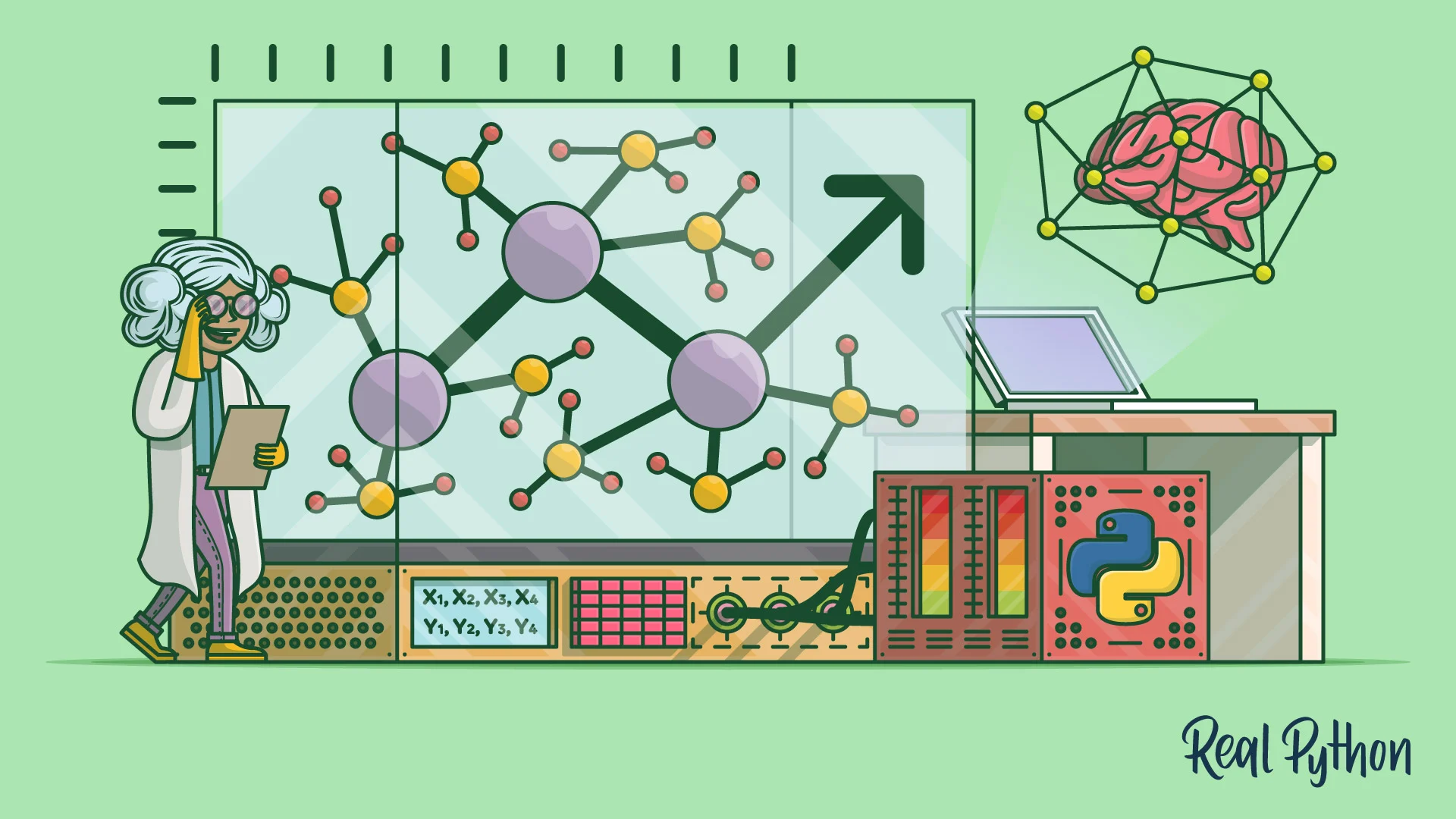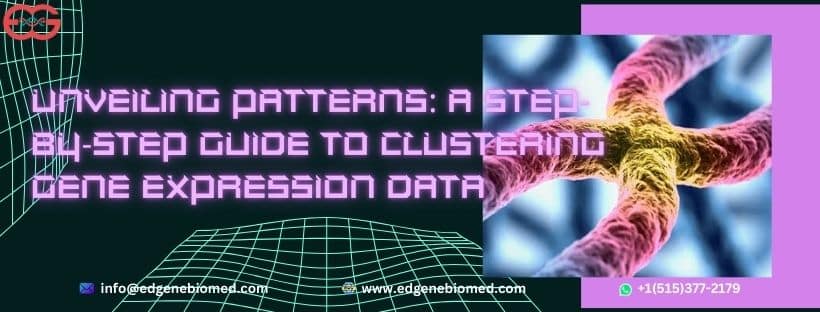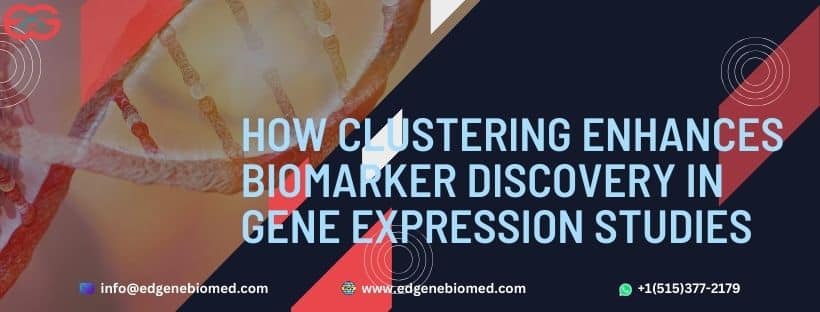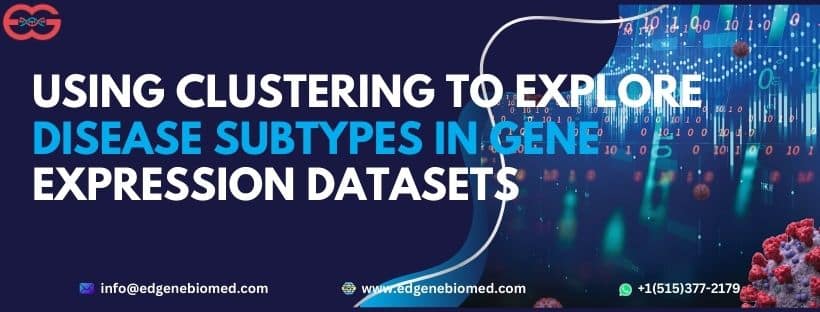1 DAY IN-PERSON HANDS-ON TRAINING | HYDERABAD
Clustering Analysis using Gene Expression Dataset
Clustering Analysis for Deep Biological Insights
- DECEMBER 01, 2024 | 10:00 AM - 05:30 PM
- TO BE ANNOUNCED!!
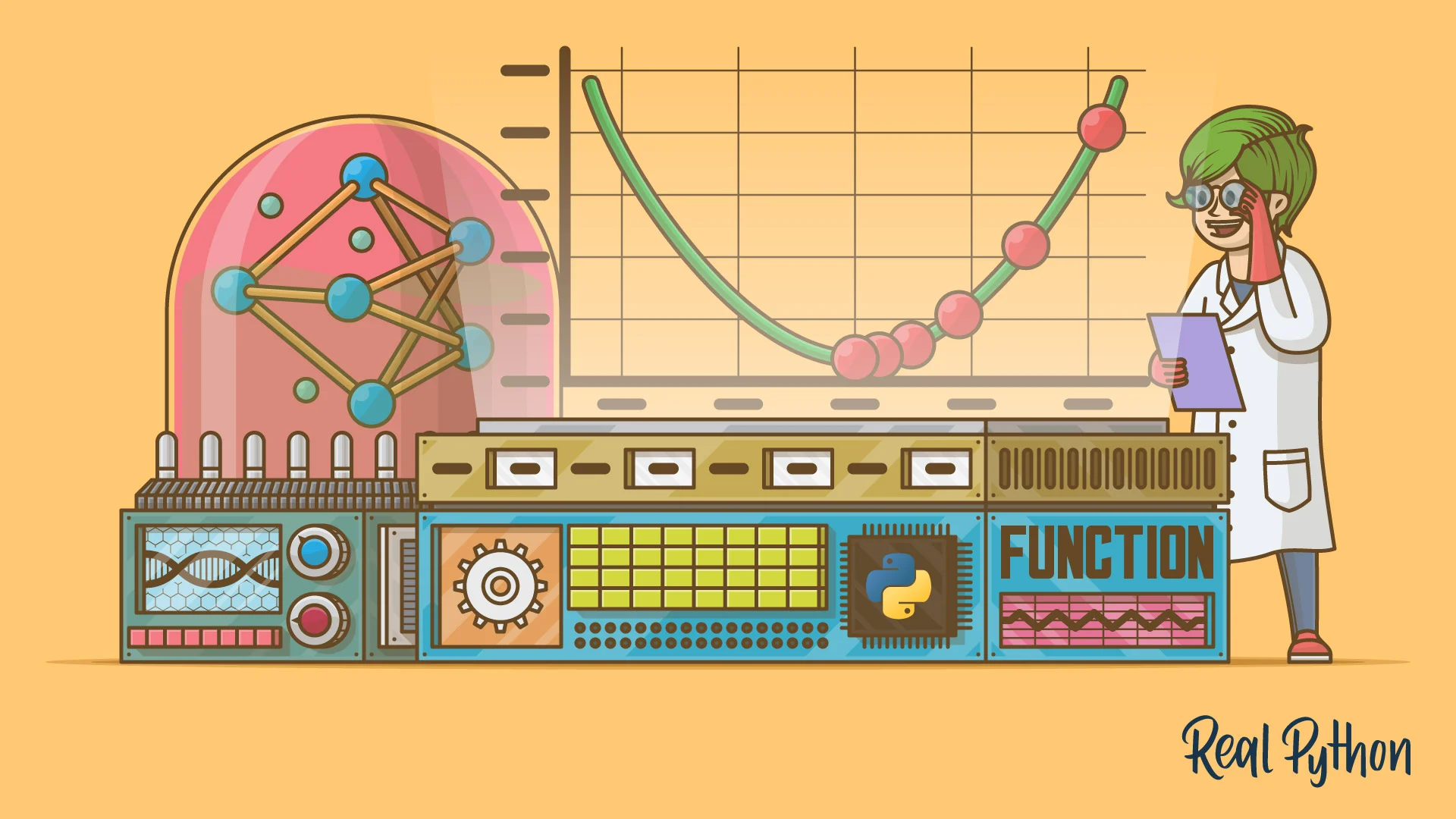

Intensive Learning

Hands-On Exercise

Interactive Sessions

Individual Practice
Introduction to Training
Clustering Analysis using Gene Expression Dataset is a powerful technique used to uncover patterns and group similar gene expression profiles, offering invaluable insights into biological processes and disease mechanisms. This method involves the application of various clustering algorithms to group genes or samples based on their expression levels, revealing underlying structures in the data that are not immediately apparent.
One common approach in Clustering Analysis using Gene Expression Dataset is hierarchical clustering. This method builds a tree-like structure, or dendrogram, to visualize the relationships between different genes or samples. By examining the branches of the dendrogram, researchers can identify clusters of genes that exhibit similar expression patterns, which often correspond to specific biological functions or pathways.
Another popular method is k-means clustering, which partitions the dataset into k distinct clusters. This algorithm iteratively assigns each gene or sample to the cluster with the nearest mean expression level, optimizing the cluster centers until convergence. K-means clustering is particularly useful for large datasets due to its computational efficiency and simplicity.
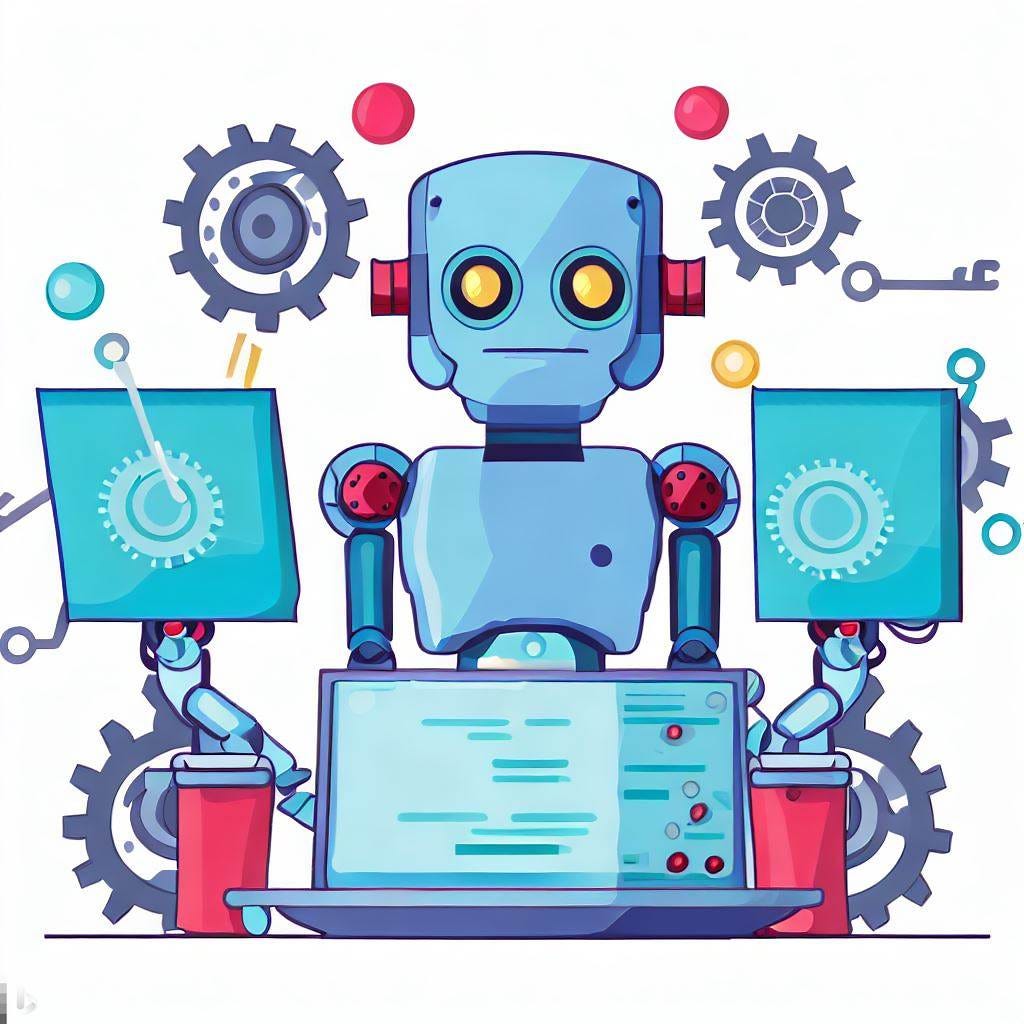
Applications of Clustering Analysis Using Gene Expression Dataset
In this section we are discussing some of the potential areas of application of Clustering Analysis Using Gene Expression Dataset & how it can be helpful in these areas to carryout analysis.
Identifying Gene Function and Pathways
Clustering analysis helps identify groups of genes with similar expression patterns, which often share common biological functions or participate in the same pathways.
Cancer Subtyping
Clustering analysis is widely used to classify cancer patients into subtypes based on their gene expression profiles.
Biomarker Discovery
In the search for biomarkers, clustering analysis can identify genes or sets of genes whose expression levels are strongly associated with particular disease states or conditions.
Understanding Developmental Processes
During development, gene expression patterns change dynamically. Clustering analysis can group genes with similar temporal expression patterns, helping to uncover the regulatory mechanisms that drive developmental processes.
Drug Response Prediction
Clustering gene expression data from different treatment conditions can reveal how genes and pathways respond to various drugs.
Different Types of Analysis
Majorly, there are 3 different types of analysis using Clustering Analysis using Gene Expression Dataset so below we have tried to list them down to help you take better decision if this masterclass will be relevant for your learning and be helpful in your intended area of research.
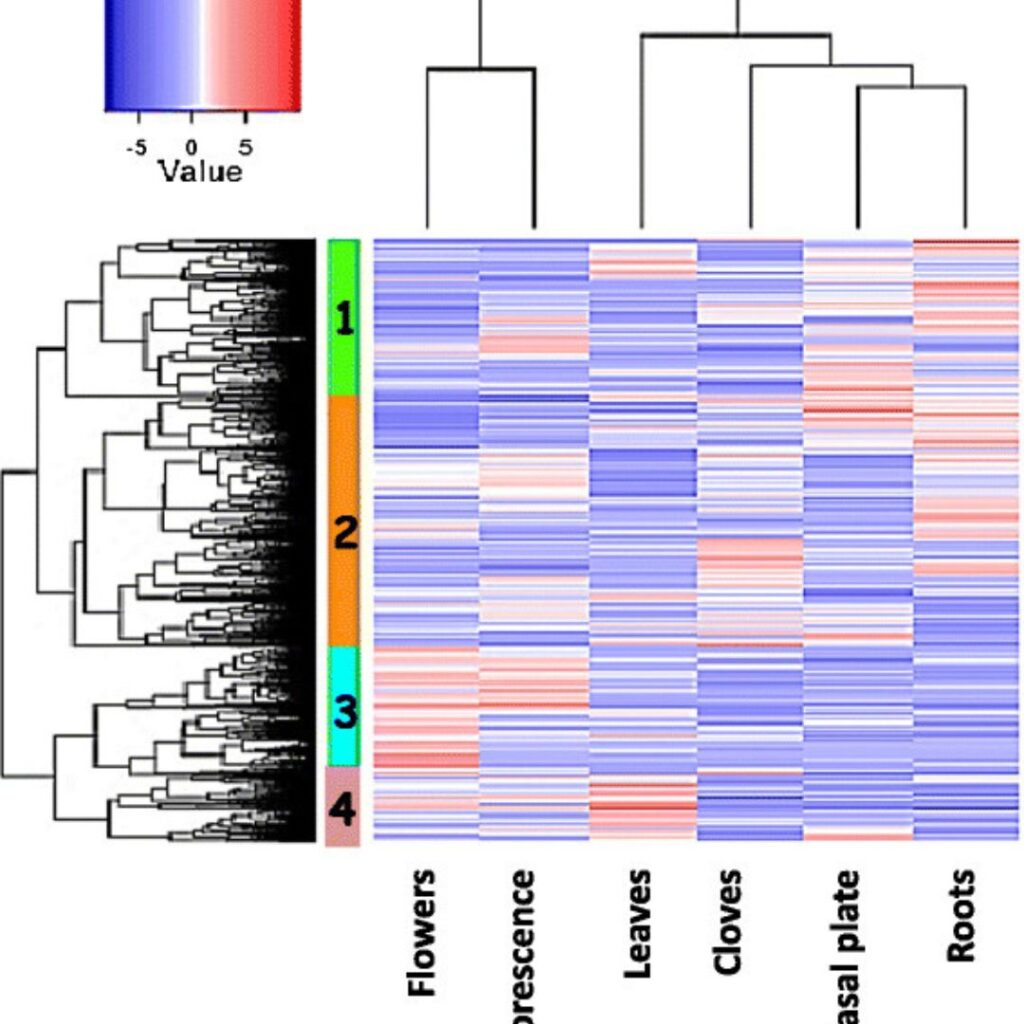
Hierarchical Clustering
It creates a tree-like structure called a dendrogram, which illustrates the arrangement of the clusters produced by the algorithm.
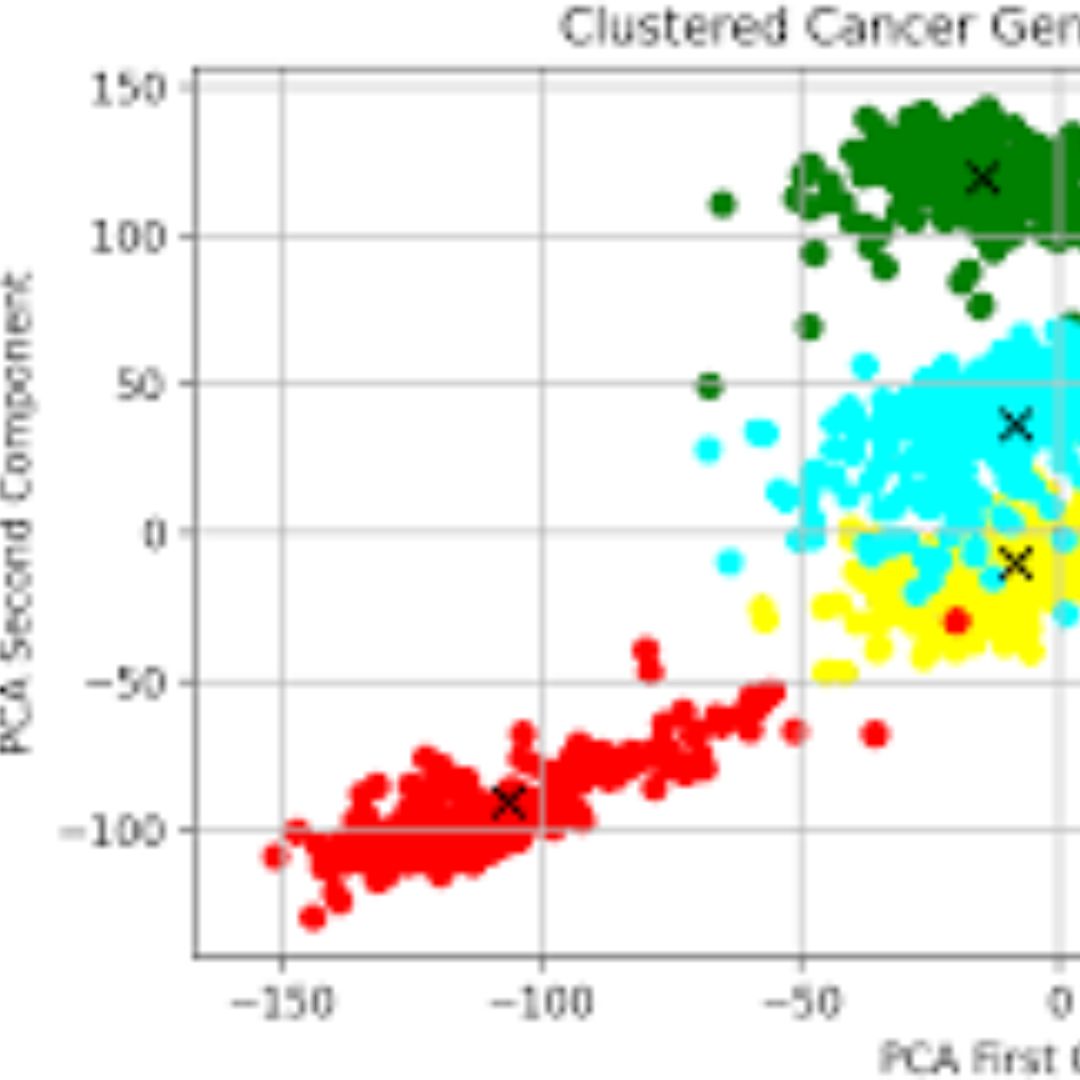
K-means Clustering
It is a partition-based method that divides the gene expression dataset into k clusters, where k is a user-defined parameter.
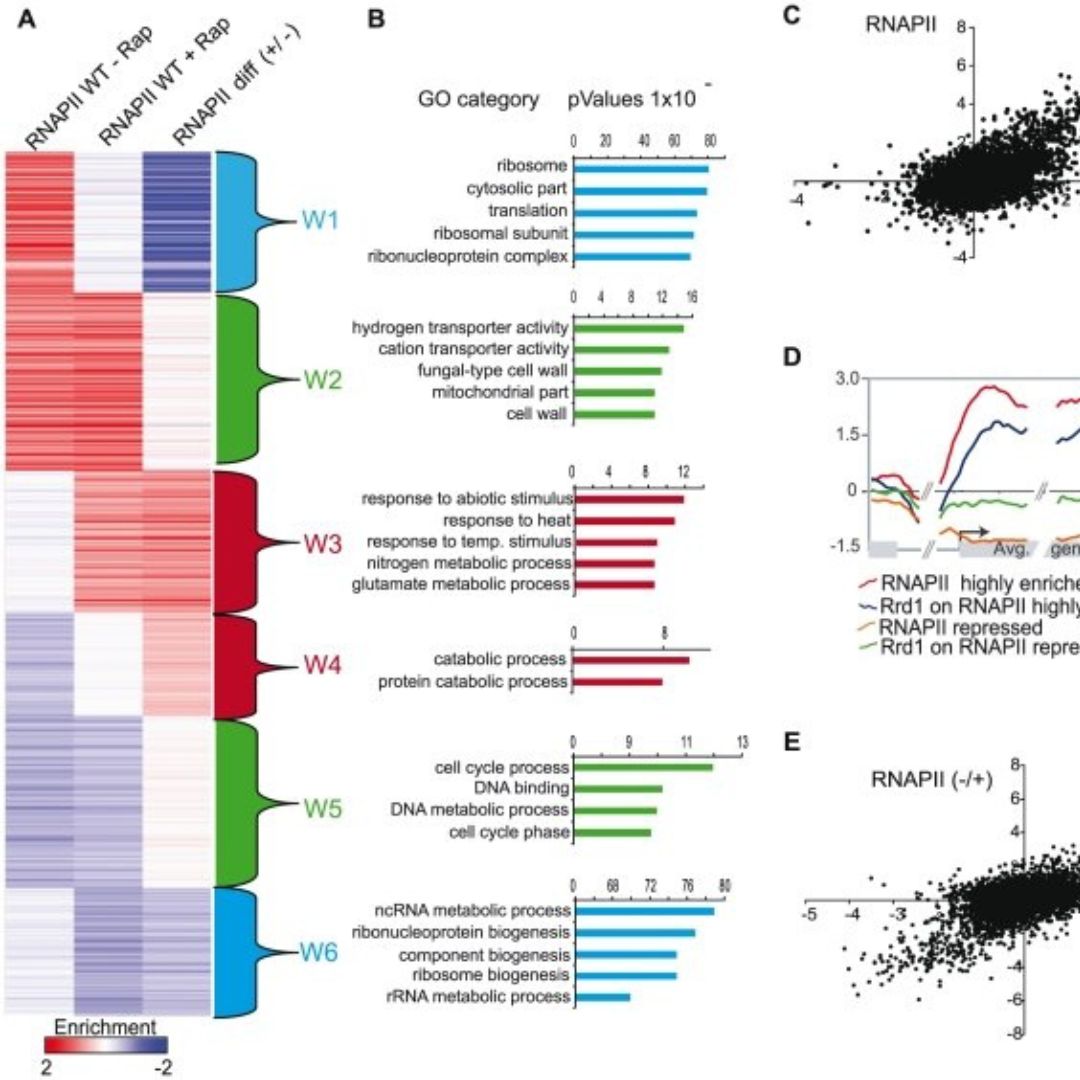
Self-Organizing Maps
They are a type of artificial neural network used for clustering and visualizing high-dimensional gene expression data.
Detailed Agenda of The Training
Clustering Analysis using Gene Expression Dataset can also employ more advanced techniques like self-organizing maps (SOMs) and model-based clustering, which offer additional flexibility and precision in identifying complex patterns. These methods are essential for exploring the heterogeneity within biological samples, such as identifying subtypes of cancer or responses to treatment.
10:00 AM - 11:15 AM
Introduction to Gene Expression Analysis, Clustering Analysis, Installing Required Python Packages
11:15 AM - 11:30 AM
Tea/Coffee & Stretching Break
11:30 AM - 01:00 PM
Gathering & understanding the data, Preprocessing the Data,
01:00 PM - 01:45 PM
Lunch Break
01:45 PM - 03:30 PM
K-Mean Clustering, DBSCAN Clustering
03:30 PM - 03:45 PM
Tea/Coffee & Stretching Break
03:45 PM - 04:45 PM
Pathway Enrichment Analysis & Generating the Plots
04:45 PM - 05:30 PM
Q&A and Doubts Session, Certificate Distribution.
Take Away From The Workshop
The insights gained from Clustering Analysis using Gene Expression Dataset are critical for advancing our understanding of gene regulation, identifying potential biomarkers, and developing targeted therapies. By leveraging clustering analysis, researchers can transform vast amounts of gene expression data into meaningful biological knowledge, driving innovations in genomics and personalized medicine.
Apart from the topics mentioned above there are a few extra things which you can take away from this bootcamp, which will be adding more value to your work
An introductory theory document to help you better understand the subject will also be provided.

After the completion of the session complete access to the trainers slide deck will also be provided
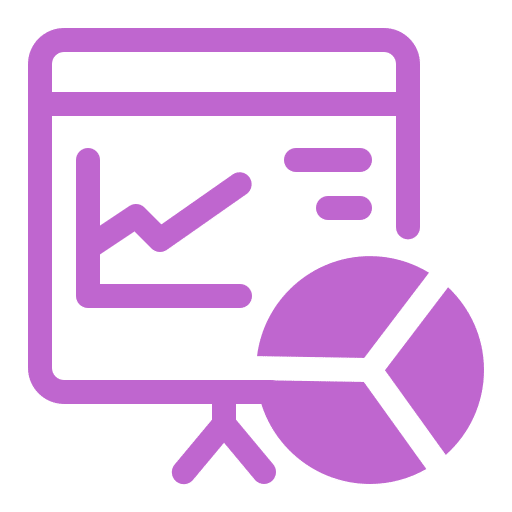
We will also be providing a complete access to trainers repository so that you can use it as reference later

During the course of 3 days we will be have live8+ hourse of training sessions with the participants.

Hands-On exercises are a must to better learn any technology and be able to reproduce it later.

A Participations certificate is a must after successfully completing the training as a sign of accomplishment.

Expected Outcomes of the Workshop
After completing all the tasks of this masterclass all of our participants will be able to:
Clustering can group genes that have similar expression patterns across different conditions or time points.
Clustering can reveal how gene expression patterns correlate with different phenotypes or disease states.
By clustering, you can identify gene modules or groups of genes that function together or are co-expressed.
Clustering can uncover patterns or relationships that were not previously apparent, leading to new biological hypotheses.
Registration Details
Terms & Conditions
- All fee paid is not refundable so please read all the terms & conditions before making any payments. If you still have any doubts please contact us and confirm and then only make the payment.
- Participants need to bring their registration tickets along with a valid Institutional ID, then only they will be allowed to attend the session. Please reach out to our team in case of any exceptions.
- Please fill all your details in the form correctly as those details will be used in your certificate as well.
- Participants need to bring their own computer (laptop) system for the program.
- The software tools and other required software tools will be provided from our side for the purpose of this program.
- Participants need to reach the venue and report 30 minutes prior to the start of the sessions.
- Participants need to wear masks all the time inside the premises and abide by the other rules at the premises.
- Particpants need to attend all the sessions in order to be eligible for getting the certificate.
- Welcome email will be sent to all the participants with all the details related to the program. Please check your Inbox/Spam folder for the email.
- All the details of the software installations and how to prepare your system for the Program will be shared with all the participants in the Welcome Email itself.
Contact Us
We understand that you may have some questions before you make the payment for the course. Feel free to get in contact with us through the below given options.
Feel free to drop us a text on
For More Contact Information

